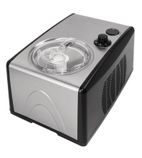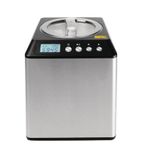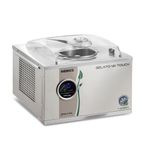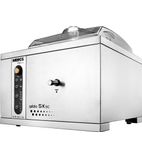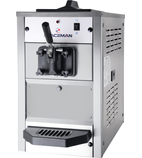Ice-cream, Soft serve & Gelato Makers
If your business serves premium ice cream in significant quantities, it's possible that investment in our own ice cream making machine will allow you to produce a dessert which is just as good (if not better) at less cost. Your restaurant, hotel or cafe operation will also be able to expand on the limited range of flavours that are commercially viable for larger producers, making for a more interesting product range for your customers and a unique talking point amongst your competition. Ice cream lovers will travel some distance for something more interesting than the average!
Depending on how much ice cream you want to make and how frequently you want to make it, we have a good selection of machines from inexpensive occasional use machines to ice cream makers designed for heavy repeated use.
![]() * Items marked with the 'Order Today Delivered Tomorrow' graphic qualify for Next Day Delivery only if the item is ordered before the Next Day Delivery cut off time shown on the product page. Some Next Day Delivery services are chargeable.
* Items marked with the 'Order Today Delivered Tomorrow' graphic qualify for Next Day Delivery only if the item is ordered before the Next Day Delivery cut off time shown on the product page. Some Next Day Delivery services are chargeable.

£369.99
£178.00
£443.99
£213.60

£499.99
£260.00
£599.99
£312.00

£2,473.13
£659.14
£2,967.76
£790.97

£4,294.27
£1,144.28
£5,153.12
£1,373.14

£7,116.00
£3,273.01
£8,539.20
£3,927.61
